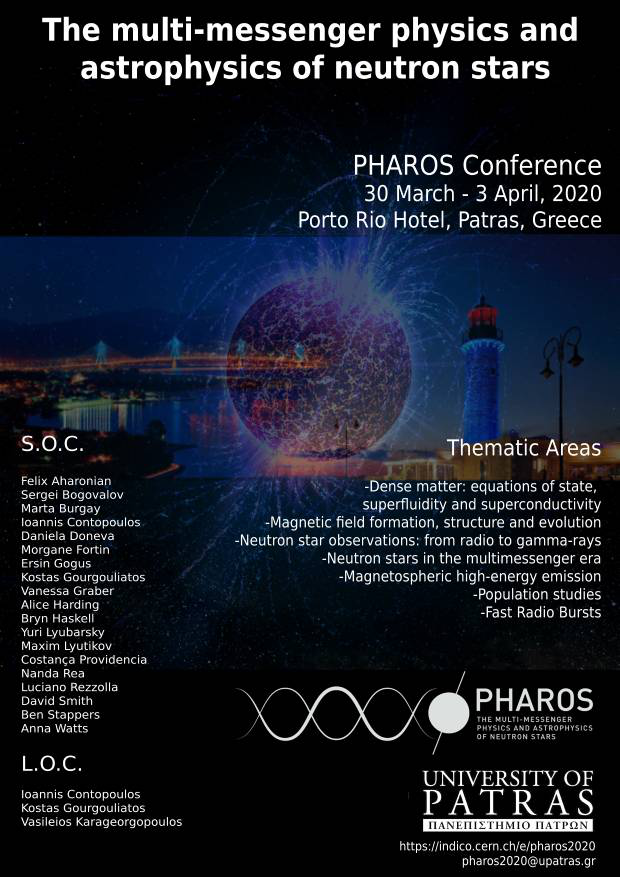Speaker
Description
After almost two decades from the discovery of the first accreting millisecond X-ray pulsar (AMXP) SAX J1808.4-3658, the sample of accreting rapidly-rotating neutron stars harboured in low mass X-ray binary systems has increased in number up to 22. The extremely short spin periods shown by the accreting millisecond X-ray pulsars are the result of long-lasting mass transfer from low mass companion stars through an accretion disc onto a slow-rotating NS as predicted by the so-called "recycling scenario". At the end of the mass transfer phase, a millisecond pulsar shining from the radio to the gamma-ray band, and powered by the rotation of its magnetic field, is expected to turn on. The close link shared by radio millisecond pulsars and AMXPs has been observationally confirmed by the transitional binary systems IGR J18245 2452 as well as by other transitional millisecond pulsars. Here I will discuss the temporal and spectral properties of the recently discovered AXMP IGR J17591-2342. Moreover, I will present the latest updates on the long-term orbital evolution of SAX J1808.4-3658 obtained combining the updated set of ephemeris from its 2019 outburst with those of the previous outbursts. The orbital period derivative will be then discussed in terms of the possible evolutionary scenarios of the binary system.

